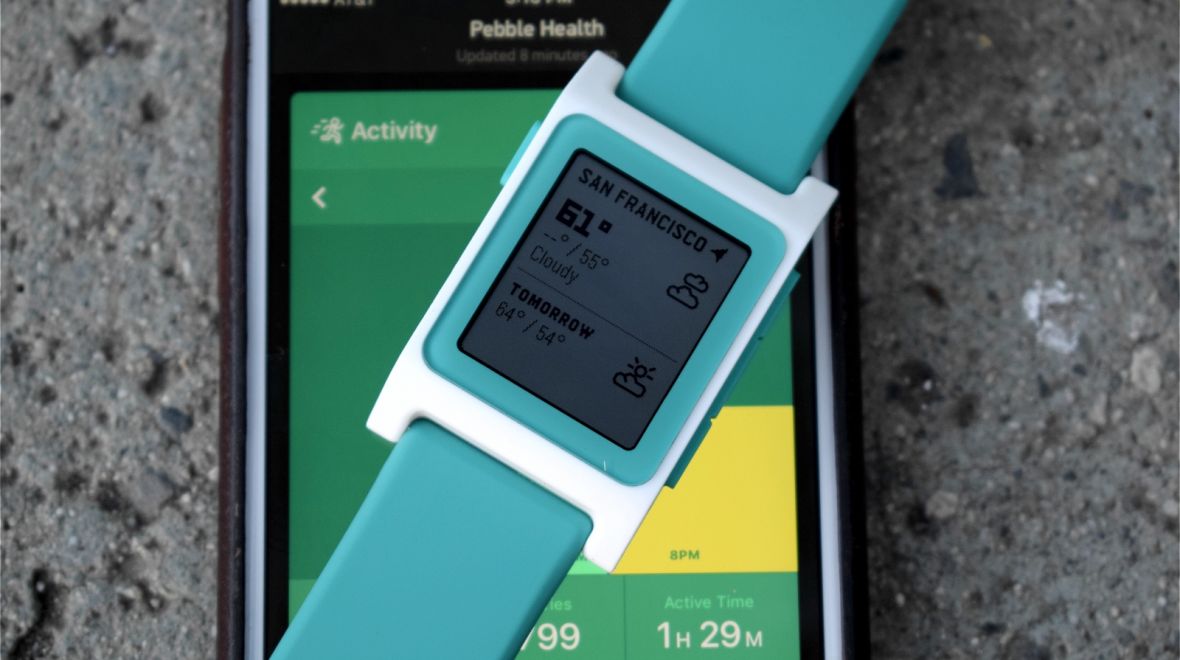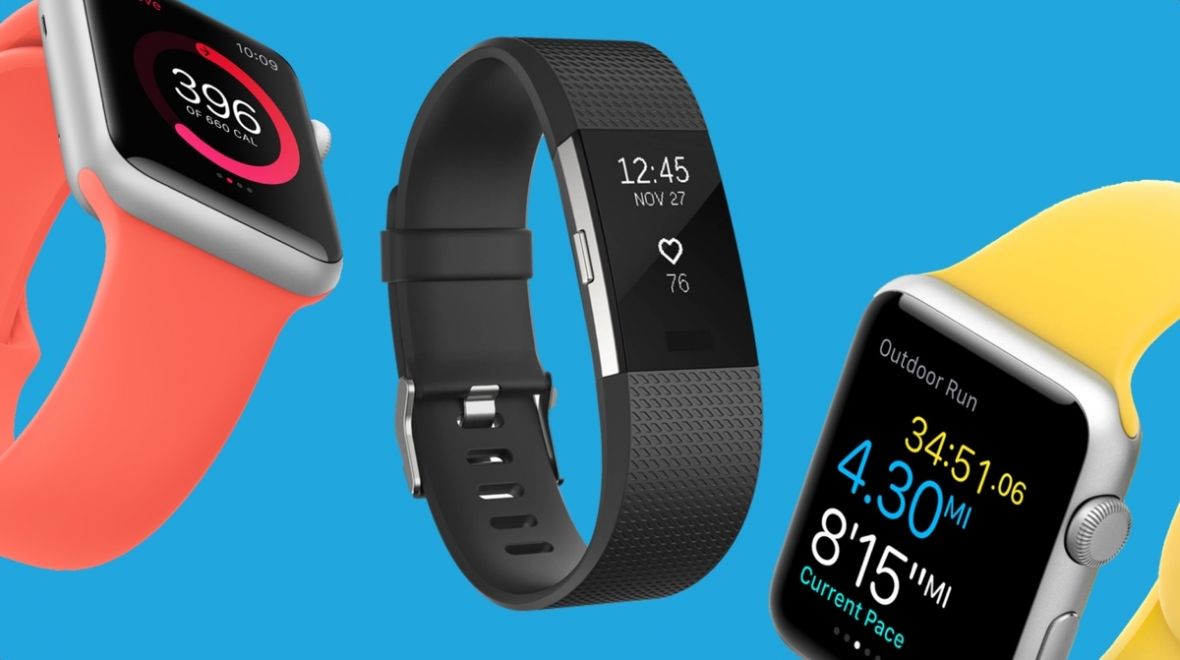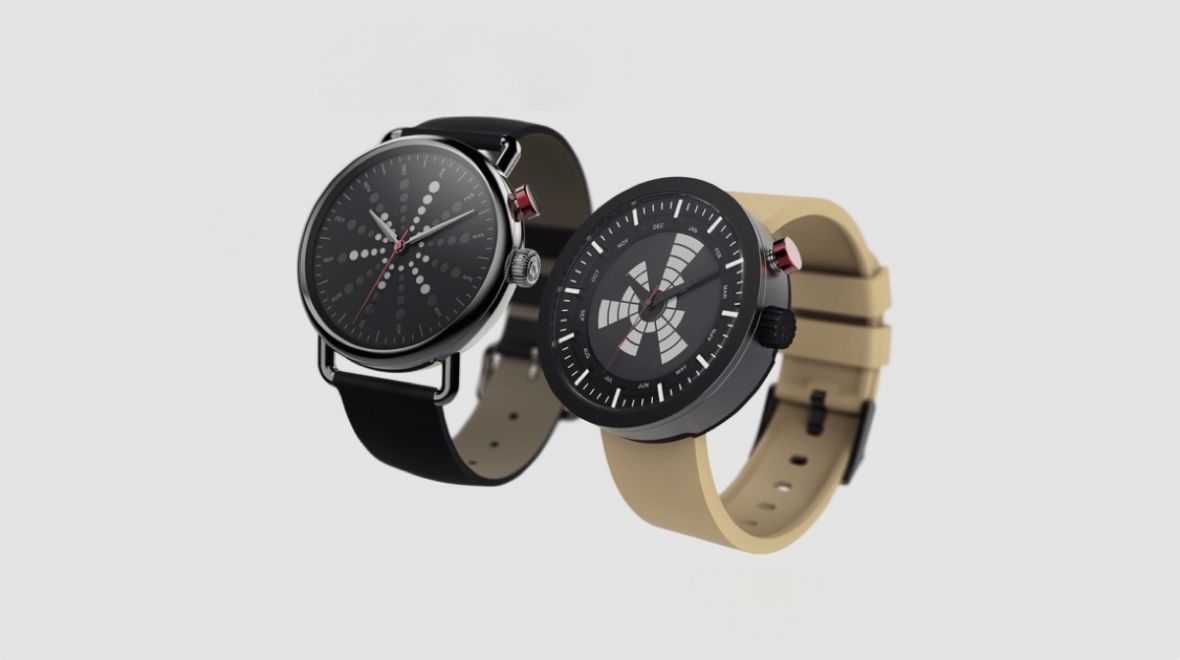5G is not just about speed. It may seem like just a logical step on from current 4G networks, but 5G promises an entirely new epoch in mobile connectivity. For wearables, it’s about being untethered and unlimited; think built-in 5G radios capable of a download rate of 20gbps, and upload of 10gbps. That’s about 100 times faster than 4G. Yeah, now you see why it’s a big deal.
The telecoms industry has been discussing 5G networks for years, and field trials and experiments by Intel, Qualcomm, Samsung, AT&T, and more are ongoing, but it now appears that we could see the first 5G networks appearing next year at the 2018 Winter Olympics in Pyeongchang, South Korea – home to one of the industry’s main movers on 5G, SK Telecom.
Exactly what kinds of devices 5G will usher-in, and what they will be able to do, remains to be seen. What we do know is that 5G is going to be a big deal for wearables. “When 5G becomes available, it’s likely that the wearables industry will really start to take off,” says Nick Black, CEO of mobile applications developer Apadmi. “With 5G, wearables will no longer need to incorporate top-of-the range processors to offer an acceptable user experience – the 5G network will feed all our devices with high-speed, reliable connectivity, and exponential computing power.”
Ok, so what will 5G actually do for wearables?
5G will allow not only high-speed transfers of a lot of data, but will be able to do it with ultra-low latency. Latency is the time it takes for a device to send a command to a remote server and get a reply. Your 3G phone managed it in 100 milliseconds (ms). Your 4G phone? 50ms. 5G will do it in 1ms. Impressive, but does any kind wearable actually need that kind of speed and responsiveness?
Paul Beastall, director of Telecoms Technology Strategy at Cambridge Consultants, explains that 5G is about connecting everything at low power and cost, as well as delivering faster mobile broadband more cost effectively than 4G. “But the third use-case is the exciting one for wearables – networks delivering very high reliability and very low latency services that can be used for real-time control,” says Beastall. “It means you can get tactile communication with no delay.”
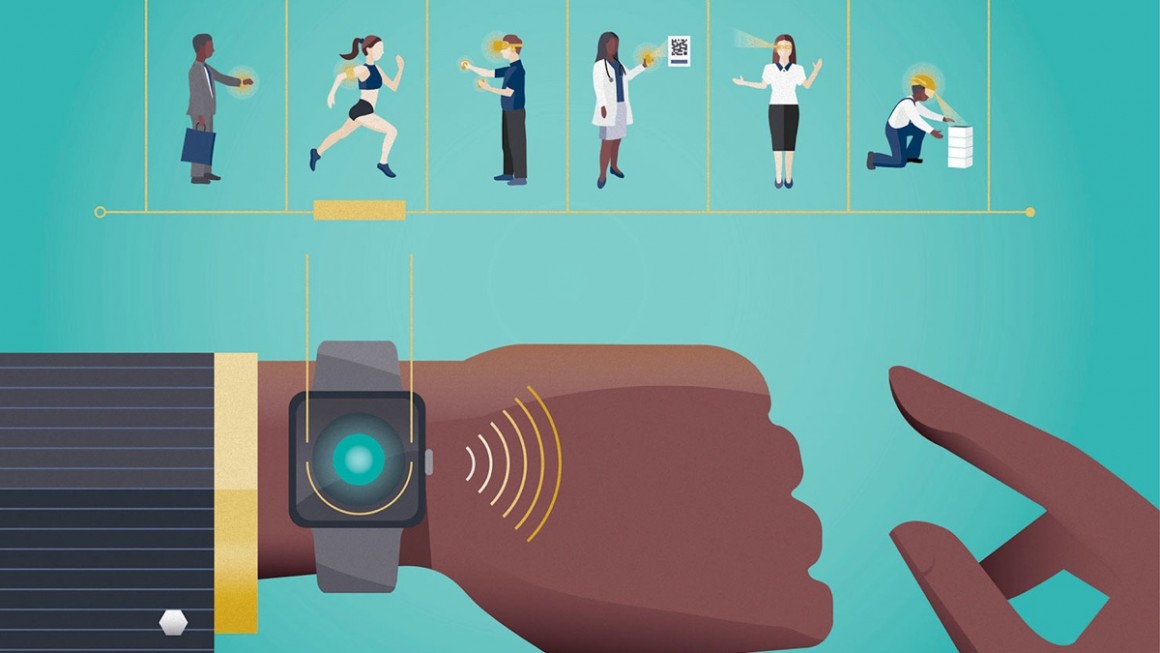
Counting the steps you take already seems a little retro. Cue 5G. “Smartwatches and Fitbits would be able to track your GPS in real-time – almost making it feel like they’re following you around,” says Black. That’s already the case for GPS running watches, but 5G will mean more accuracy than the ‘within 15 metres’ currently promised. That’s because 5G is all about shortwave radio, so triangulating your exact position will be easier – and instant. It’s true that no single sensor in a fitness tracker needs 5G, but it could become a hub for dozens at a time. Ian Hughes, an analyst on the Internet of Things at 451 Research, suggests that activity trackers could work in conjunction with other body sensors and IoT devices dedicated to a task, such as punch trackers for boxing training. “The wrist-based device could still act as an edge-of-network gateway collating its own sensor data on heart rate, but pulling in the punch trackers, or it could orchestrate connecting to other sensors such as a room temperature sensor, or the athlete’s fluid intake from a connected sports bottle,” he says.
Here it’s not about 5G’s ability to create a super-fast connection, but in enabling multiple devices to communicate and collaborate instantly to produce a much more advanced result. “Wearables that require machine intelligence or deep analytics to gain insight will also benefit, such as devices for the quantified self and sport training,” adds Hughes.
Do we need 5G activity trackers?
Some, however, aren’t convinced that Fitbit-like devices even need 5G. “5G will have a very gradual and initially negligible impact on consumer wearables such as smartwatches and health monitors,” predicts Paul Bradley, 5G strategy and partnerships director at Gemalto, which works on embedded payment software for wearables – though he does offer one scenario for fitness fanatics. “The maker of the smartwatch could provide secure cloud services and enhanced big data analytics to truly become the personal trainer of the wearer,” he says.
An ultra-fast connection to massively powerful compute power on the cloud will come in useful for keeping wearables small, light and battery-efficient. However, going direct to the cloud will have disadvantages. “5G will make it possible to connect thousands of wearables and sensors per square kilometre, but that use-case won’t support much data per device, so AI, Alexa and Siri would be difficult,” says Beastall. What 5G will do is to provide a permanent connection, though exactly what a 5G chipset will be capable of is a major unknown. “5G chipsets could well support both the high-speed, high-bandwidth mode and the low-power, long-life, small-messaging mode, so wearables could swap between them as and when they need to,” he predicts.
Autonomous cars will use 5G, and 5G-enabled wearables will play a major part in ‘smart roads’ of the future. “While the smartwatch or Fitbit may not require high-speed connectivity with ultra-reliable, low-latency communications, it can be used to alert autonomous and assisted vehicles to the presence of its wearer close to the road, or crossing the road,” says Bradley, who calls such a scenario ‘vehicle to pedestrian’ communications. Sure, autonomous cars may be fitted with cameras capable of face recognition and/or LIDAR scanners that can pick out moving objects in the vicinity of the vehicle, but a device the car can directly communicate with might add a valuable third layer of virtual awareness and safety. “Eventually all devices should alert passing vehicles to the presence of a pedestrian,” thinks Bradley.
What can 5G do for VR and AR?
5G’s first job will be to make more room for video. Although video now accounts for 75% of data on cellular networks – virtually all of it from smartphones – the arrival of 4K video, AR and VR means that a huge amount more video is inevitable. So if there’s a single wearable device that is destined for a brighter future because of 5G, it’s got to be the head-up display (HUD), which is set to be revolutionised by augmented reality. “We used to think that small screens meant lower data rates, but if you put screens close to your eyes you need 4K Ultra HD in stereo for 3D perception, and you need 5G to deliver that kind of bandwidth to a large volume of people,” says Beastall.
“Virtual reality headsets are a long way from reality; the human eye has a massive resolution, and to make it all feel real we’re going to have to present data in the right way.”
It’s already happening. At the recent Mobile World Congress, Intel, Nokia and Ericsson were showing live 8K VR multi-player gaming streaming across the venue to a VR headset. Yup – 8K. 8K is 7,680 x 4,320 pixels, which produces a 33-megapixel image (4K is 8-megapixels; Full HD is just 1-megapixel). That’s an enormous jump in data throughout, and it looked amazing – the complete opposite of the restricted field of view and low-resolution images from a Samsung Gear VR.
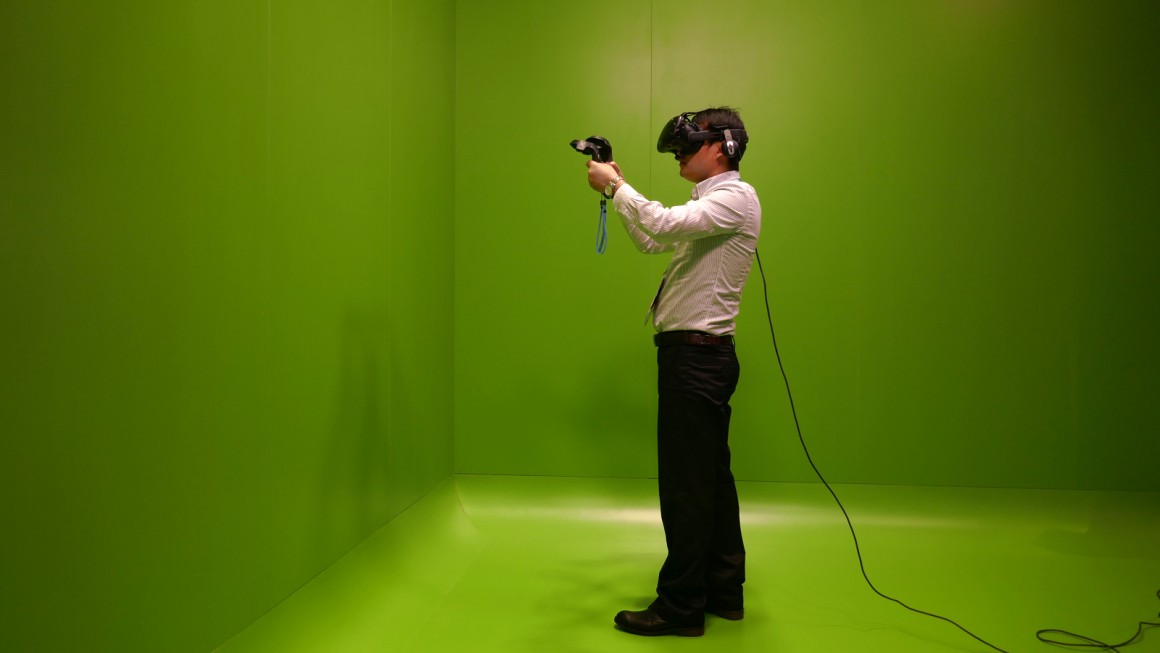
Live broadcasting via wearables – by everyone, everywhere – could well be the major effect of 5G. Why update your status to say you’re watching the Superbowl when you could share your visual experience online? Written words not required. “Imagine wearing smartglasses and sharing what we see in a very high quality in real-time, with no lag,” says Paul Bradley, who thinks Periscope or Meerkat could be about to go supernova. “We could share our experience of attending a concert or sports event in real-time with others around the globe, without disrupting our enjoyment of the event by having to hold a smartphone up constantly,” he says.
Will 5G actually kill the smartphone?
If wearables were able to support their own super-fast 5G connectivity, and could work as powerful stand-alone devices, what’s the point of a smartphone? “As the IoT is evolving, the smartphone has turned into a gateway device, turning short range, low power, local connectivity into longer range cellular or Wi-Fi connectivity to cloud services, and it was the only sensible way to achieve that connection,” says Hughes. He argues that as 5G networks are built, connections will become more transient. “There is still a place for the smartphone and its on-board processing, storage and display functions, but it becomes part of an architectural choice, and not a necessity for device needing to connect.”
Editor’s picks
It’s hard to get excited about something that (a) doesn’t exist and that (b) doesn’t have a glaringly obvious use, but 5G will change everything – including the design of wearables, how we use them, and how we pay for them. “The killer app for 5G has yet to be identified and right now the goal of the industry is to make a network as flexible as possible to be able to host many innovative connectivity services in parallel, but in an isolated, secure way,” says Bradley. As 5G connectivity becomes ubiquitous, the first things to change won’t be devices, but business models. “We may find things are connected to encourage or help us engage with products, or provide ongoing data to the manufacturer,” says Hughes.
Free, super-fast data connections for untethered wearables capable of 8K VR and much, much more? The coming era of 5G-enabled wearables will make the smartphone era look like a warm-up.
SOURCE:https://www.wareable.com/wearable-tech/how-5g-is-going-to-change-wearables-5445
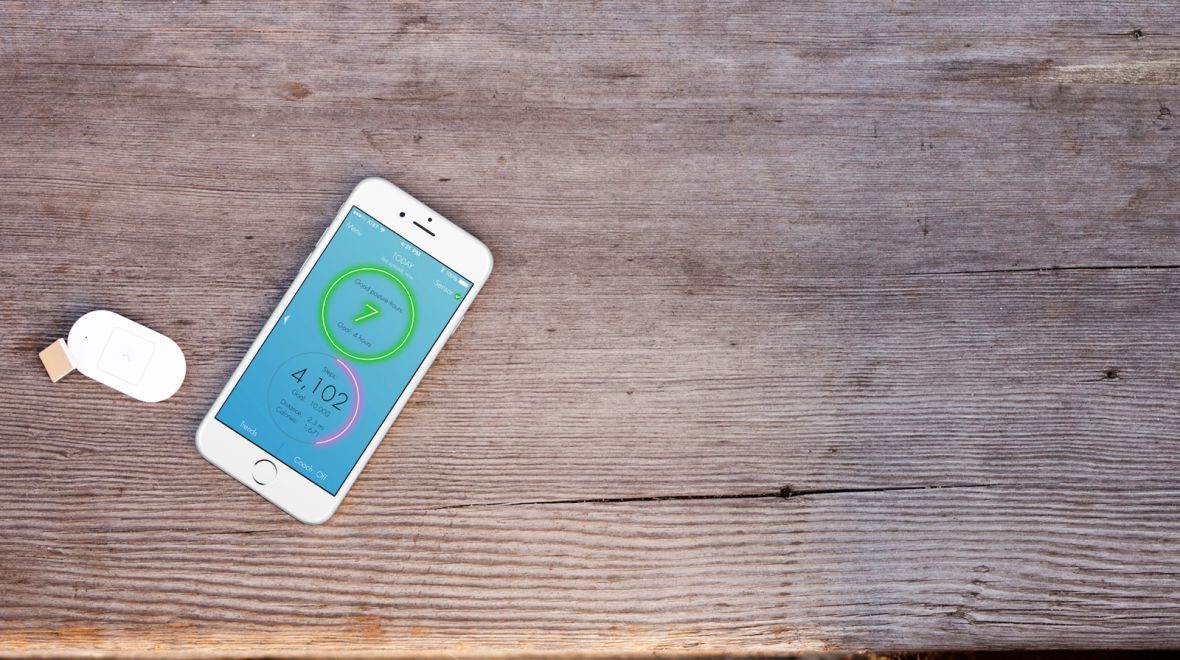
 The Apple Watch has become a bit of a TV punchlineCharacter wearing an Apple Watch? You know what time it is
The Apple Watch has become a bit of a TV punchlineCharacter wearing an Apple Watch? You know what time it is  How the HTC Vive evolved in its first yearGrab five VR apps for $6.99 a month
How the HTC Vive evolved in its first yearGrab five VR apps for $6.99 a month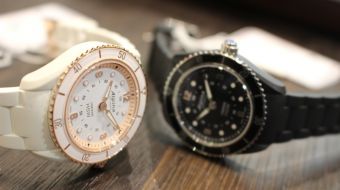 Smartwatches for women are (finally) on the agendaBut there’s still work to be done…
Smartwatches for women are (finally) on the agendaBut there’s still work to be done… What people are actually doing in VR in 2017The most popular VR apps and games and the trends that might last
What people are actually doing in VR in 2017The most popular VR apps and games and the trends that might last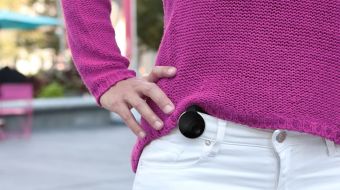 What goes into building a personal safety wearablePlan for the worst, hope for the best
What goes into building a personal safety wearablePlan for the worst, hope for the best